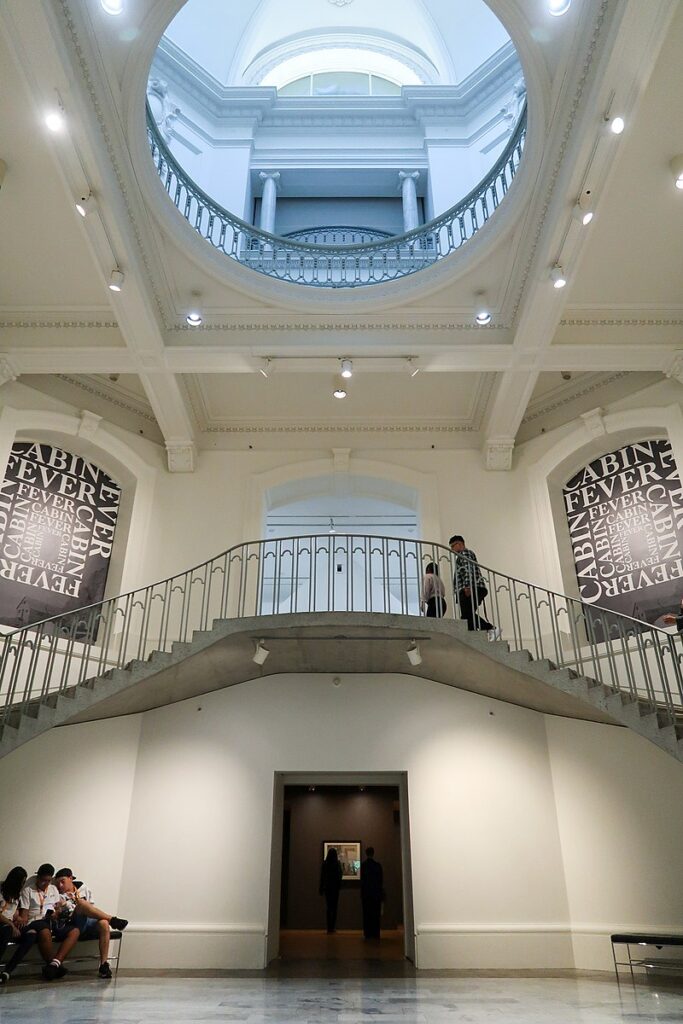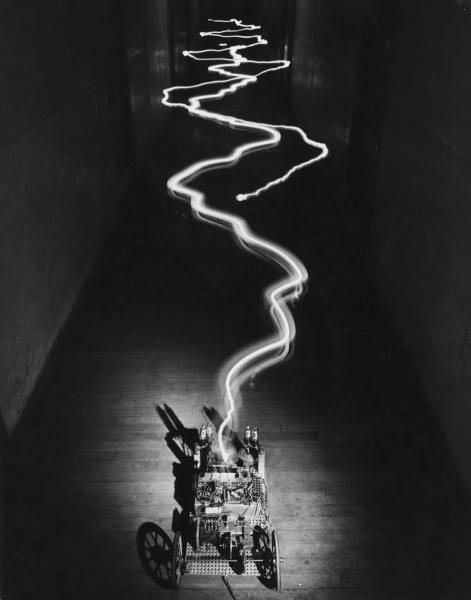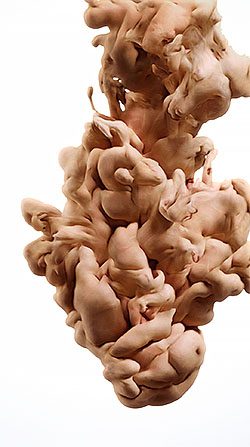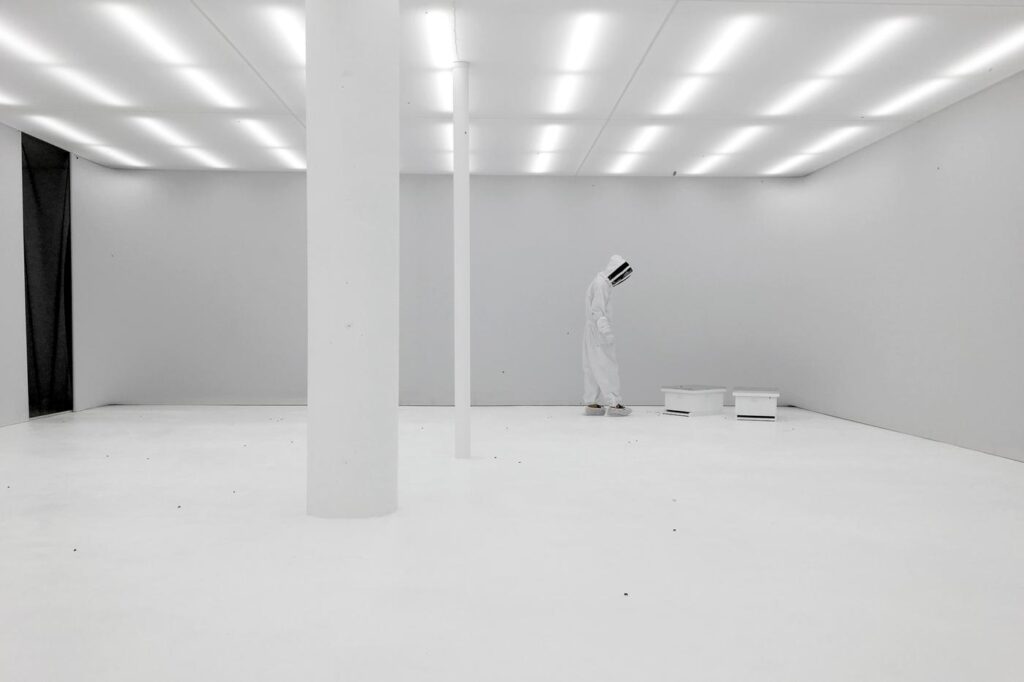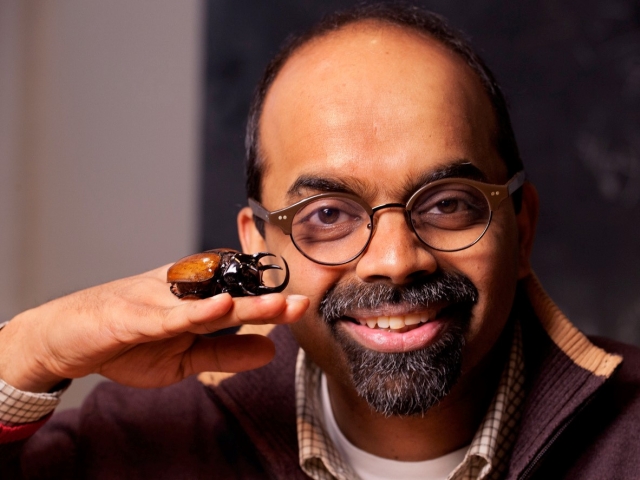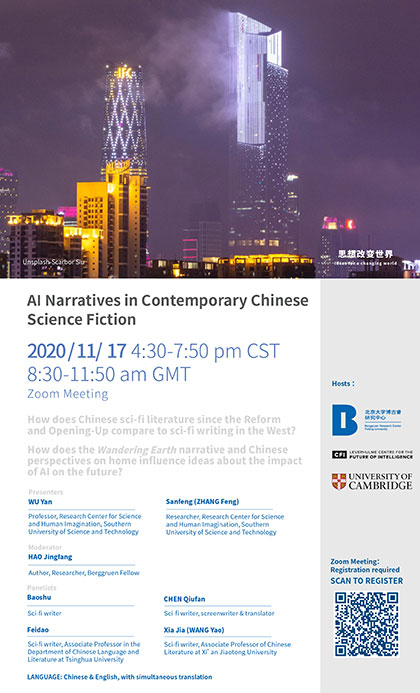Starting with the new Antikythera program at the Berggruen Institute before moving onto the Antikythera itself, one of my favourite scientific mysteries.
Antikythera program at the Berggruen Institute
An October 5, 2022 Berggruen Institute news release (also received via email) announces a program exploring the impact of planetary-scale computation and invites applications for the program’s first ‘studio’,
Antikythera is convening over 75 philosophers, technologists, designers, and scientists in seminars, design research studios, and global salons to create new models that shift computation toward more viable long-term futures: https://antikythera.xyz/
Applications are now open for researchers to join Antikythera’s fully-funded five month Studio in 2023, launching at the Berggruen Institute in Los Angeles: https://antikythera.xyz/apply/
Today [October 5, 2022] the Berggruen Institute announced that it will incubate Antikythera, an initiative focused on understanding and shaping the impact of computation on philosophy, global society, and planetary systems. Antikythera will engage a wide range of thinkers at the intersections of software, speculative thought, governance, and design to explore computation’s ultimate pitfalls and potentials. Research will range from the significance of machine intelligence and the geopolitics of AI to new economic models and the long-term project of composing a healthy planetary society.
“Against a background of rising geopolitical tensions and an accelerating climate crisis, technology has outpaced our theory. As such, we are less interested in applying philosophy to the topic of computation than generating new ideas from a direct encounter with it.” said Benjamin Bratton, Professor at the University of California, San Diego, and director of the new program. “The purpose of Antikythera is to reorient the question “what is computation for?” and to model what it may become. That is a project that is not only technological but also philosophical, political, and ecological.”
Antikythera will begin this exploration with its Studio program, applications for which are now open at antikythera.xyz/apply/. The Studio program will take place over five months in spring 2023 and bring together researchers from across the world to work in multidisciplinary teams. These teams will work on speculative design proposals, and join 75+ Affiliate Researchers for workshops, talks, and design sprints that inform thinking and propositions around Antikythera’s core research topics. Affiliate Researchers will include philosophers, technologists, designers, scientists, and other thinkers and practitioners. Applications for the program are due November 11, 2022.
Program project outcomes will include new combinations of theory, cinema, software, and policy. The five initial research themes animating this work are:
• Synthetic Intelligence: the longer-term implications of machine intelligence, particularly as seen through the lens of artificial language
• Hemispherical Stacks: the multipolar geopolitics of planetary computation
• Recursive Simulations: the emergence of simulation as an epistemological technology, from scientific simulation to VR/AR
• Synthetic Catallaxy: the ongoing organization of computational economics, pricing, and planning
• Planetary Sapience: the evolutionary emergence of natural/artificial intelligence, and its role in composing a viable planetary condition
The program is named after the Antikythera Mechanism, the world’s first known computer, used more than 2,000 years ago to predict the movements of constellations and eclipses decades in advance. As an origin point for computation, it combined calculation, orientation and cosmology, dimensions of practice whose synergies may be crucial in setting our planetary future on a better course than it is on today.
Bratton continues, “The evolution of planetary intelligence has also meant centuries of destruction; its future must be radically different. We must ask, what future would make this past worth it? Taking the question seriously demands a different sort of speculative and practical philosophy and a corresponding sort of computation.”
Bratton is a philosopher of technology and Professor at the University of California, San Diego, and author of many books including The Stack: On Software and Sovereignty (MIT Press). His most recent book is The Revenge of the Real: Politics for a Post-Pandemic World (Verso Books), exploring the implications for political philosophy of COVID-19. Associate directors are Ben Cerveny, technologist, speculative designer, and director of the Amsterdam-based Foundation for Public Code, and Stephanie Sherman, strategist, writer, and director of the MA Narrative Environments program at Central St. Martins, London. The Studio is directed by architect and creative director Nicolay Boyadjiev.
In addition to the Studio, program activities will include a series of invitation-only planning salons inviting philosophers, designers, technologists, strategists, and others to discuss how to best interpret and intervene in the future of planetary-scale computation, and the historic philosophical and geopolitical force that it represents. These salons began in London in October 2022 and will continue in locations across the world including in Berlin; Amsterdam; Los Angeles; San Francisco; New York; Mexico City; Seoul; and Venice.
The announcement of Antikythera at the Berggruen Institute follows the recent spinoff of the Transformations of the Human school, successfully incubated at the Institute from 2017-2021.
“Computational technology covering the planet represents one of the largest and most urgent philosophical opportunities of our time,” said Nicolas Berggruen, Chairman and Co-Founder of the Berggruen Institute. “It is with great pleasure that we invite Antikythera to join our work at the Institute. Together, we can develop new ways of thinking to support planetary flourishing in the years to come.”
Web: Antikythera.xyz
Social: Antikythera_xyz on Twitter, Instagram, and Linkedin.
Email: contact@antikythera.xyz
Applications were opened on October, 4, 2022, the deadline is November 11, 2022 followed by interviews. Participants will be confirmed by December 11, 2022. Here are a few more details from the application portal,
Who should apply to the Studio?
Antikythera hopes to bring together a diverse cohort of researchers from different backgrounds, disciplines, perspectives, and levels of experience. The Antikythera research themes engage with global challenges that necessitate harnessing a diversity of thought and expertise. Anyone who is passionate about the research themes of the Antikythera program is strongly encouraged to apply. We accept applications from every discipline and background, from established to emerging researchers. Applicants do not need to meet any specific set of educational or professional experience.
Is the program free?
Yes, the program is free. You will be supported to cover the cost of housing, living expenses, and all program-related fieldwork travel along with a monthly stipend. Any other associated program costs will also be covered by the program.
Is the program in person and full-time?
Yes, the Studio program requires a full-time commitment (PhD students must also be on leave to participate). There is no part-time participation option. Though we understand this commitment may be challenging logistically for some individuals, we believe it is important for the Studio’s success. We will do our best to enable an environment that is comfortable and safe for participants from all backgrounds. Please do not hesitate to contact us if you may require any accommodations or have questions regarding the full-time, in-person nature of the program.
Do I need a Visa?
The Studio is a traveling program with time spent between the USA, Mexico, and South Korea. Applicable visa requirements set by these countries will apply and will vary depending on your nationality. We are aware that current visa appointment wait times may preclude some individuals who would require a brand new visa from being able to enter the US by January, and we are working to ensure access to the program for all (if not for January 2023, then for future Studio cohorts). We will therefore ask you to identify your country of origin and passport/visa status in the application form so we can work to enable your participation. Anyone who is passionate about the research themes of the Antikythera program is strongly encouraged to apply.
…
For those who like to put a face to a name, you can find out more about the program and the people behind it on this page.
Antikythera, a 2000 year old computer & 100 year old mystery
As noted in the Berggruen Institute news release, the Antikythera Mechanism is considered the world’s first computer (as far as we know). The image below is one of the best known illustrations of the device as visualized by researchers,

Briefly, the Antikythera mechanism was discovered at the turn of the twentieth century in 1901 by sponge divers off the coast of Greece. Philip Chrysopoulos’s September 21, 2022 article for The Greek Reporter gives more details in an exuberant style (Note: Links have been removed),
… now—more than 120 years later—the astounding machine has been recreated once again, using 3-D imagery, by a brilliant group of researchers from University College London (UCL).
Not only is the recreation a thing of great beauty and amazing genius, but it has also made possible a new understanding of how it worked.
Since only eighty-two fragments of the original mechanism are extant—comprising only one-third of the entire calculator—this left researchers stymied as to its full capabilities.
Until this moment [in 2020 according to the copyright for the image], the front of the mechanism, containing most of the gears, has been a bit of a Holy Grail for marine archeologists and astronomers.
Professor Tony Freeth says in an article published in the periodical Scientific Reports: “Ours is the first model that conforms to all the physical evidence and matches the descriptions in the scientific inscriptions engraved on the mechanism itself.”
“The sun, moon and planets are displayed in an impressive tour de force of ancient Greek brilliance,” Freeth said.
The largest surviving piece of the mechanism, referred to by researchers as “Fragment A,” has bearings, pillars, and a block. Another piece, known as “Fragment D,” has a mysterious disk along with an extraordinarily intricate 63-toothed gear and a plate.
The inscriptions—just discovered recently by researchers—on the back cover of the mechanism have a description of the cosmos and the planets, shown by beads of various colors, and move on rings set around the inscriptions.
By employing the information gleaned from recent x-rays of the computer and their knowledge of ancient Greek mathematics, the UCL researchers have now shown that they can demonstrate how the mechanism determined the cycles of the planets Venus and Saturn.
…
Evaggelos Vallianatos, author of many books on the Antikythera Mechanism writing at Greek Reporter said that it was much more than a mere mechanism. It was a sophisticated, mind-bogglingly complex astronomical computer, he said “and Greeks made it.”
They employed advanced astronomy, mathematics, metallurgy, and engineering to do so, constructing the astronomical device 2,200 years ago. These scientific facts of the computer’s age and its flowless high-tech nature profoundly disturbed some of the scientists who studied it.
A few Western scientists of the twentieth century were shocked by the Antikythera Mechanism, Vallianatos said. They called it an astrolabe for several decades and refused to call it a computer. The astrolabe, a Greek invention, is a useful instrument for calculating the position of the Sun and other prominent stars. Yet, its technology is rudimentary compared to that of the Antikythera device.
…
In 2015, Kyriakos Efstathiou, a professor of mechanical engineering at the Aristotle University of Thessaloniki and head of the group which studied the Antikythera Mechanism said: “All of our research has shown that our ancestors used their deep knowledge of astronomy and technology to construct such mechanisms, and based only on this conclusion, the history of technology should be re-written because it sets its start many centuries back.”
The professor further explained that the Antikythera Mechanism is undoubtedly the first machine of antiquity which can be classified by the scientific term “computer,” because “it is a machine with an entry where we can import data, and this machine can bring and create results based on a scientific mathematical scale.
…
In 2016, yet another astounding discovery was made when an inscription on the device was revealed—something like a label or a user’s manual for the device.
It included a discussion of the colors of eclipses, details used at the time in the making of astrological predictions, including the ability to see exact times of eclipses of the moon and the sun, as well as the correct movements of celestial bodies.
…
Inscribed numbers 76, 19 and 223 show maker “was a Pythagorean”
On one side of the device lies a handle that begins the movement of the whole system. By turning the handle and rotating the gauges in the front and rear of the mechanism, the user could set a date that would reveal the astronomical phenomena that would potentially occur around the Earth.
Physicist Yiannis Bitsakis has said that today the NASA [US National Aeronautics and Space Adiministration] website can detail all the eclipses of the past and those that are to occur in the future. However, “what we do with computers today, was done with the Antikythera Mechanism about 2000 years ago,” he said.
…
The stars and night heavens have been important to peoples around the world. (This September 18, 2020 posting highlights millennia old astronomy as practiced by indigenous peoples in North America, Australia, and elsewhere. There’s also this March 17, 2022 article “How did ancient civilizations make sense of the cosmos, and what did they get right?” by Susan Bell of University of Southern California on phys.org.)
I have covered the Antikythera in three previous postings (March 17, 2021, August 3, 2016, and October 2, 2012) with the 2021 posting being the most comprehensive and the one featuring Professor Tony Freeth’s latest breakthrough.
However, 2022 has blessed us with more as this April 11, 2022 article by Jennifer Ouellette for Ars Technica reveals (Note: Links have been removed)
The mysterious Antikythera mechanism—an ancient device believed to have been used for tracking the heavens—has fascinated scientists and the public alike since it was first recovered from a shipwreck over a century ago. Much progress has been made in recent years to reconstruct the surviving fragments and learn more about how the mechanism might have been used. And now, members of a team of Greek researchers believe they have pinpointed the start date for the Antikythera mechanism, according to a preprint posted to the physics arXiv repository. Knowing that “day zero” is critical to ensuring the accuracy of the device.
“Any measuring system, from a thermometer to the Antikythera mechanism, needs a calibration in order to [perform] its calculations correctly,” co-author Aristeidis Voulgaris of the Thessaloniki Directorate of Culture and Tourism in Greece told New Scientist. “Of course it wouldn’t have been perfect—it’s not a digital computer, it’s gears—but it would have been very good at predicting solar and lunar eclipses.”
…
Last year, an interdisciplinary team at University College London (UCL) led by mechanical engineer Tony Freeth made global headlines with their computational model, revealing a dazzling display of the ancient Greek cosmos. The team is currently building a replica mechanism, moving gears and all, using modern machinery. The display is described in the inscriptions on the mechanism’s back cover, featuring planets moving on concentric rings with marker beads as indicators. X-rays of the front cover accurately represent the cycles of Venus and Saturn—462 and 442 years, respectively.
…
The Antikythera mechanism was likely built sometime between 200 BCE and 60 BCE. However, in February 2022, Freeth suggested that the famous Greek mathematician and inventor Archimedes (sometimes referred to as the Leonardo da Vinci of antiquity) may have actually designed the mechanism, even if he didn’t personally build it. (Archimedes died in 212 BCE at the hands of a Roman soldier during the siege of Syracuse.) There are references in the writings of Cicero (106-43 BCE) to a device built by Archimedes for tracking the movement of the Sun, Moon, and five planets; it was a prized possession of the Roman general Marcus Claudius Marcellus. According to Freeth, that description is remarkably similar to the Antikythera mechanism, suggesting it was not a one-of-a-kind device.
Voulgaris and his co-authors based their new analysis on a 223-month cycle called a Saros, represented by a spiral inset on the back of the device. The cycle covers the time it takes for the Sun, Moon, and Earth to return to their same positions and includes associated solar and lunar eclipses. Given our current knowledge about how the device likely functioned, as well as the inscriptions, the team believed the start date would coincide with an annular solar eclipse.
…
“This is a very specific and unique date [December 22, 178 BCE],” Voulgaris said. “In one day, there occurred too many astronomical events for it to be coincidence. This date was a new moon, the new moon was at apogee, there was a solar eclipse, the Sun entered into the constellation Capricorn, it was the winter solstice.”
Others have made independent calculations and arrived at a different conclusion: the calibration date would more likely fall sometime in the summer of 204 BCE, although Voulgaris countered that this doesn’t explain why the winter solstice is engraved so prominently on the device.
“The eclipse predictions on the [device’s back] contain enough astronomical information to demonstrate conclusively that the 18-year series of lunar and solar eclipse predictions started in 204 BCE,” Alexander Jones of New York University told New Scientist, adding that there have been four independent calculations of this. “The reason such a dating is possible is because the Saros period is not a highly accurate equation of lunar and solar periodicities, so every time you push forward by 223 lunar months… the quality of the prediction degrades.”
Read Ouellette’s April 11, 2022 article for a pretty accessible description of the work involved in establishing the date. Here’s a link to and a citation for the latest attempt to date the Antikythera,
The Initial Calibration Date of the Antikythera Mechanism after the Saros spiral mechanical Apokatastasis by Aristeidis Voulgaris, Christophoros Mouratidis, Andreas Vossinakis. arXiv > physics > arXiv:2203.15045 Submission history: From: Aristeidis Voulgaris Mr [view email] [v1] Mon, 28 Mar 2022 19:17:57 UTC (1,545 KB)
It’s open access. The calculations are beyond me otherwise, it’s quite readable.
Getting back to the Berggruen Institute and its Antikythera program/studio, good luck to all the applicants (the Antikythera application portal).

